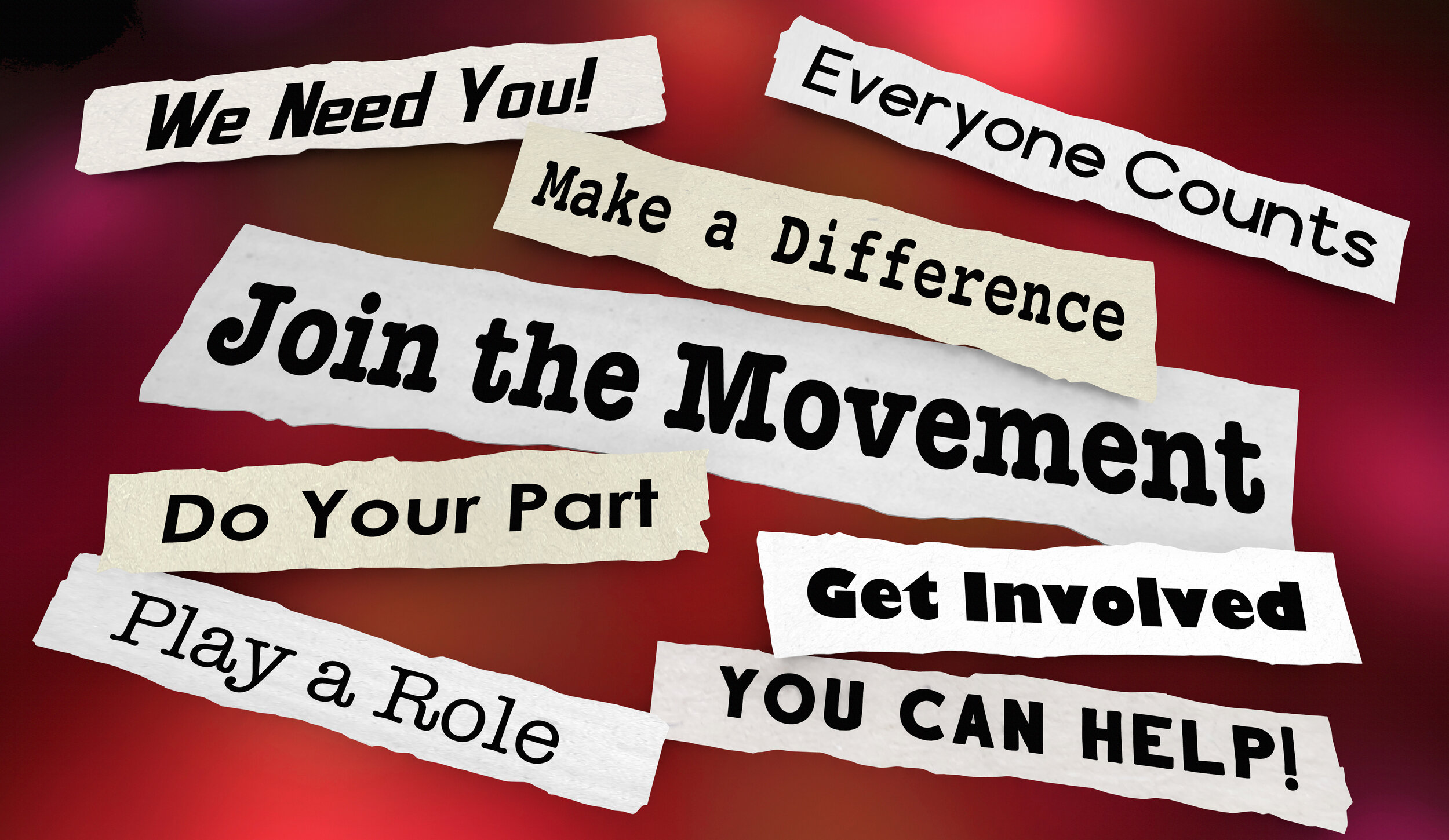I recently listened to a podcast about the nature of advocacy from Hubbell Communications, which sponsors and runs The Chronic Disease Coalition, an organization I have been working with for the past few years. In the podcast, they talk about whether online advocacy is effective, or whether it is just an easy way to feel involved while avoiding a more substantive time and energy commitment. I agree with a lot of their points, but it also made me think about the nature of advocacy and how it has changed, as well as how patient advocacy is different from most other issue advocacy.
When I first came to Washington, D.C. 20 years ago, the established advocacy playbook still applied: gather people to put their voices behind a cause, assemble in a visible place to get the attention of policymakers and make your case to get their support. Some of the policymakers will already be inclined to support your cause, some won’t, but there were usually still pockets of policymakers that could be convinced. There was no online activism. There was barely an online.
I don’t think that playbook is effective anymore. Social media has changed the landscape in good ways and bad, and the polarization of the country has eliminated the population of policymakers that could be swayed to a cause. This isn’t the 1960s, when half the country was starting to unite against the Vietnam War and it killed LBJ’s run for a second term in office. Nowadays, no policymaker is going to risk a controversial position that could cost them their seat. Either the activists have to convey that they are supporters whose vote hinges on that cause or that they can bring in non-supporters who would change their votes based on that cause.
Even the bigger marches have had a limited effect. I was at the 2017 women’s march, the largest in the history of the country at 1.5 million people in DC alone. But no change came from that. We got to express our anger, fear, and frustration, but there was no policy change. The people who supported the issues we were marching for still support those issues, and those who didn’t still don’t.
It gets even more complicated for patient activists. For a lot of us, we have just enough energy to manage our conditions in addition to family, job, and everything else that comes with life. Sometimes online activism is all we can muster. When we do manage to jump in the game, we dig deep to contribute to the causes that promise to improve our conditions, but even an issue like high drug prices, which has garnered support from both sides of the aisle, still hasn’t moved in a way that I can see. And policy changes like the transparency rules issued for hospitals and insurers have gone into effect but aren’t being enforced. It’s hard to justify giving our precious, limited energy when progress, at least on a federal level, is nil.
Another unfortunate new reality is the greater role that money plays in the policy process. Before the Citizens United decision in 2010, money played a big role. After, whatever limits existed were essentially obliterated, and the spending during each election cycle has exploded. Just to give you an idea, spending from non-party-affiliated sources went from $750 million from 1990-2010 to $4.5 billion between 2010 and 2020. The only goal of most politicians is to keep their seats, and anyone who can help them do that is going to have their ear. That gives the big donors more influence on which issues are taken up than a million activists who can’t raise that kind of money.
So, what are we supposed to do if we want to make real change?
None of us outside that donor class wants it to be this way, but we can’t afford not to acknowledge that it is. Based on subsequent court decisions, it’s going to stay that way. That means we need to find ways to operate within the constraints of the new political reality. One way to do that is through coalitions. Some activists are going to hate that idea because many of the stakeholders in coalitions come from the very groups that comprise the donor class, groups whose motives activists find suspect. But because they come from those groups, they have a kind of influence that activists just don’t. It may make us uncomfortable, but if we can find issues to agree on, can we afford not to combine forces? Granted, I’m pretty sure stakeholders like that won’t go in for some of the larger issues like the ones I mentioned above, but sometimes we have to take the little wins and build on those in order to get to those larger issues.
As patients, we have already been forced to accept realities we don’t want. Activists are under no obligation to love their coalition partners or agree on anything outside of the partnered issue. We are not even obligated to continue to associate after the goal is achieved. We do need to accept that, on many issues, more can be achieved with them than without them. Partnerships of convenience have been around forever. There’s a reason that the original Shakespeare phrase, “Misery acquaints a man with strange bedfellows,” colloquially morphed into “politics makes strange bedfellows”. We take them when we need them and we leave them when we don’t. Politics these days is indeed misery, but working together is worth a try.
Even with the strangest of bedfellows.

